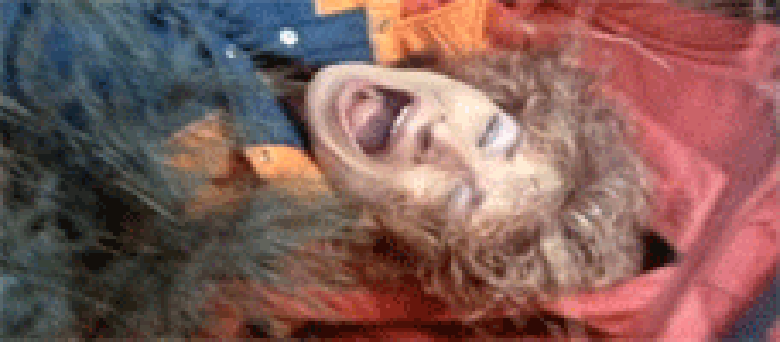Reviews
Christopher Thies
USA, 1991
Credits
Review by Thomas Scalzo
Posted on 10 October 2009
Source Tempe Video VHS
Categories 31 Days of Horror VI
Park Ranger Bill:
What if we lose?Convenience Store Charlie:
What if we already have?
In the grand tradition of Equinox, The Alien Factor, and The Strangeness comes Winterbeast, hands down the best straight-to-video horror film from 1991 to feature stop motion animation. Sure, finicky horror fans may balk at the poor quality of the sound, and the editing, and the dubbing, and the acting. And the story really doesn’t make all that much sense. But any film that features a tree snatching a half-naked woman out of her bedroom and smashing her against the side of the house is required viewing in my book.
Despite a few early glimpses at the stop-motion magic, however, for a time it seems as if Winterbeast will be content to treat us to the classic Jaws scenario: a town in trouble, a law man convinced an evacuation is in order, a money-hungry authority figure doing all he can to thwart any plan that would undercut tourism. Instead of a greedy Mayor, though, we have an eccentric lodge owner named Sheldon. And instead of a killer shark interrupting beach season we have a menagerie of stop-motion monsters causing a ruckus during the legendary Fall Foliage Fest. (Attentive viewers may have some trouble reconciling the fact that the Winterbeast disturbs the Fall Foliage Fest, but it’s best not to think too deeply on the matter.)
Determined to keep his guests happy, Sheldon repeatedly refuses to back down to Bill and close up the lodge. He even goes so far as to remove the flyers Ranger Bill has spread around town warning people to leave. The tension ultimately rises to such a fever pitch that Sheldon is driven to cry out, “There aren’t any demons in town except assholes who try to create them.” (I’m still trying to figure out what he meant.) But not to worry, Ranger Bill gets in his own verbal jab with, “You don’t care about anything but your lodge and your precious foliage festival!” I bet Roy Schieder wishes he had gotten to say that.
As Ranger Bill’s investigations continue, it becomes quite apparent that these petty squabbles are insignificant when compared with the growing power of the unknown evil emanating from the nearby mountains. The best that I can gather from Winterbeast’s convoluted back story is that high atop the mountains, lands once belonging to the Chakura tribe, lives an evil so malevolent that should it be unleashed upon the world, life as we know it may well cease. Knowing this, the Chakura erected totems to ensure that the evil remained confined to its wintry domain. In a desperate quest for power, however, a certain local family has routinely attempted to summon and harness the demonic forces of the hills, a process that has recently claimed the lives of several villagers and tourists. Of course, despite my vigilant note-taking and legendary ability to pay close attention to terrible films, I may have gotten some of these details slightly wrong. For as any Winterbeast veteran will tell you, unraveling the strands of the plot is not why we watch.
Throughout the picture there is an overwhelming sense of moviemaking love, that the folks who worked on this film were movie worshippers and wanted to try their hand at crafting their own. This cinematic affection is most clearly discerned in the numerous stop-motion sequences. Crude by today’s CGI standards, these wonderful moments imbue the film with an intimacy that is difficult to achieve with computer effects. Just knowing the hours of painstaking work involved in photographing each motion of the enraged insect-beast, the ravenous chicken-monster, the animate totem pole, or the lascivious tree draws us deeper into the film, and piques our interest as to how this bizarre tale actually came together.
Of course, it’s clear that the same amount of love and attention showered on the monsters was not devoted to the screenplay, or on crafting believable sets, or on hiring actors with talent. But even these surface failings play a part in endearing us to the film. We can’t help but stare in amazement as Ranger Bill and his partner have a chat in what they describe as an office, but which looks like nothing more than a table in front of a wall. And listening to Bill soliloquize about life is advice you’re not likely to get elsewhere. “It’s tough when you realize you don’t have what it takes,” he says, “that you’re not cut out for a life of excitement, and that life really is just a regular job with the forest service, and all you get are a lot of T.V. dinners.” Perhaps the team behind this film doesn’t succeed in causing us to suspend our disbelief and completely immerse ourselves in their half-baked world, but thanks to their efforts we are able to completely lose ourselves in the enthralling world of enthusiastic people making a movie. And sometimes that’s even better.
More 31 Days of Horror VI
-

From Beyond
1986 -
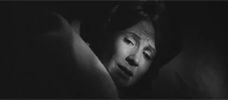
The Haunting
1963 -
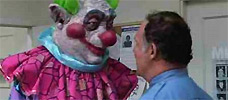
Killer Klowns from Outer Space
1988 -

Shock ‘Em Dead
1991 -

Critters
1986 -

Critters 2
1988 -

The Fall of the House of Usher
1928 -
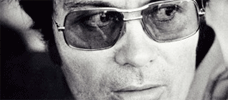
Jonestown: The Life and Death of Peoples Temple
2006 -

In the Mouth of Madness
1994 -

Winterbeast
1991 -
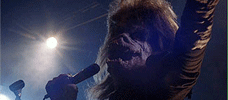
Black Roses
1988 -

Needful Things
1993 -
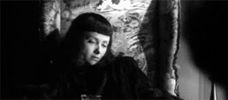
The Seventh Victim
1943 -

A Page of Madness
1926 -
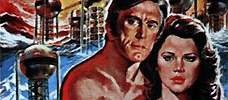
Holocaust 2000
1977 -
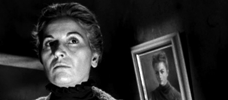
The Man and the Monster
1958 -
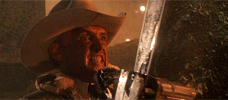
The Texas Chainsaw Massacre 2
1986 -

Trick or Treat
1986 -

Single White Female
1992 -
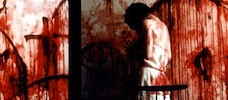
Trouble Every Day
2001 -
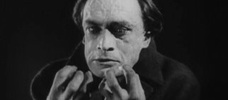
The Hands of Orlac
1924 -
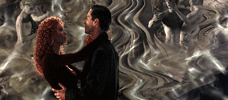
The Devil’s Advocate
1997 -
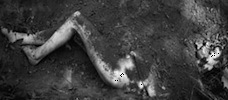
Nocturne
1998 -

Hardware
1990 -

Hard Rock Zombies
1985 -

The Slumber Party Massacre
1982 -
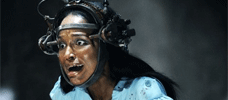
Saw VI
2009 -
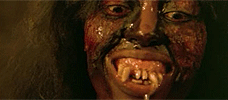
Zombi 4: After Death
1988 -
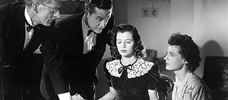
The Uninvited
1944 -
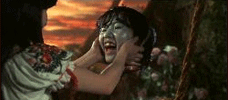
Hausu
1977
We don’t do comments anymore, but you may contact us here or find us on Twitter or Facebook.



